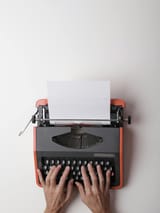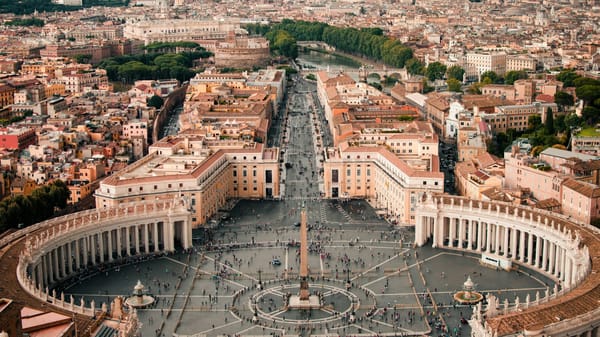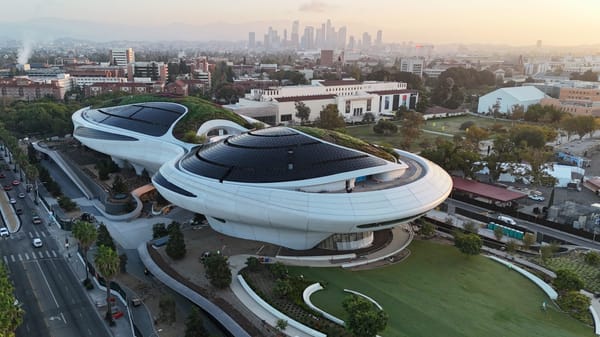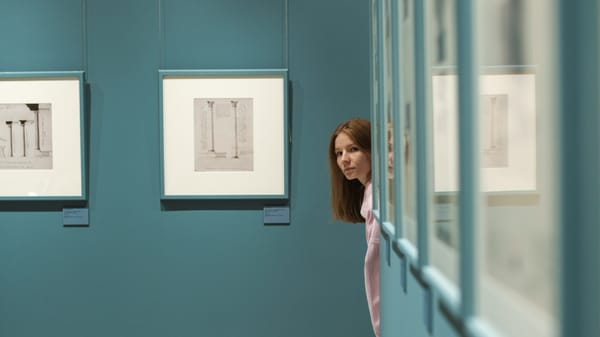Digital Art Restoration: MIT AI Mask Restores in Hours
MIT’s reversible AI “mask” restores damaged paintings in hours—mapping 5,612 regions and 57,314 colors. See how digital art restoration brings works back to view.

Digital art restoration via an MIT AI mask could bring back the 70% of paintings that never leave storage. Time, cracks, and paint loss keep works off the wall while conservators race against aging surfaces. MIT graduate student Alex Kachkine’s AI-generated polymer mask restores damaged areas in hours, translating a digital reconstruction into a reversible physical layer that preserves the original.
Watch the MIT explainer video
From Digital File to Physical Restoration
For centuries, restoration has been slow, meticulous work: conservators repainting lost fragments with thousands of hand-matched colors. A single project might take years.
Kachkine’s approach, presented in Nature and announced via MIT News, flips the process. It starts with scanning a painting to map every crack, scratch, or missing fragment. AI algorithms then generate a digitally restored version that predicts what the painting originally looked like.
That digital file is turned into a two-layer polymer mask:
- First layer: precisely color-matched inks.
- Second layer: a white backing to reproduce tonal depth.
The mask is carefully aligned and varnished over the painting — but crucially, it’s reversible. Conservators can dissolve it without harming the original, while the digital mask remains archived as a permanent restoration record.
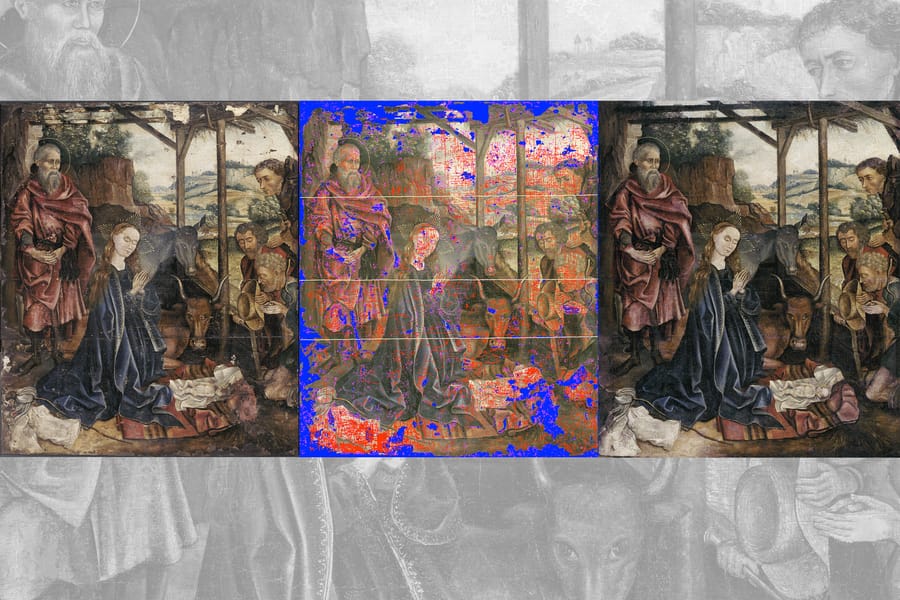
Speed and Scale
Kachkine tested the method on a 15th-century oil painting he acquired when starting at MIT. The AI identified 5,612 regions of damage and restored them with 57,314 distinct colors.
- Time to restore manually: ~9 months of part-time work.
- Time with AI polymer mask: 3.5 hours.
That’s nearly 66 times faster than traditional restoration. If scaled up, this could make it feasible for museums to restore thousands of stored works, not just the high-profile ones.
Art Meets Engineering
Kachkine grew up fascinated by both art and engineering. On a childhood trip to the McNay Art Museum in Texas, he was captivated by a Renoir seascape. Years later, with family roots in engineering (his grandmother designed autopilot systems for Soviet fighter jets), he found himself blending these two passions.
As he puts it:
“There is a lot of damaged art in storage that might never be seen. Hopefully with this new method, there’s a chance we’ll see more art, which I would be delighted by.” — Alex Kachkine, MIT
What Does “Restoration” Really Mean?
While MIT’s AI-driven polymer masks promise a seismic shift for conservation, the question remains: what exactly are we restoring?
“Art isn’t just patterns and pigments—it’s emotion, intent, and connection,” says Panu Syrjämäki, Editor-in-Chief of ART Walkway. “When we apply an AI-generated surface, we’re not just filling cracks; we’re engaging with questions of authenticity, aura, and authorship.”
Syrjämäki, a Helsinki-based art critic and interdisciplinary researcher, has long studied the intersection of machine learning and art systems. He argues that the technology’s reversibility makes it less invasive than traditional overpainting, but warns against uncritical adoption:
“The danger is subtle. Machines can replicate hues with mathematical perfection, but they cannot replicate ambiguity, cultural memory, or the fragility of intent. Conservation must balance preservation with honesty—viewers should know when they are seeing an augmented surface.”
Ethical Questions Ahead
While the method is revolutionary, Kachkine acknowledges that ethical concerns remain. Does applying a digital mask alter the authenticity of an artist’s intent? Should museums display works covered with a removable “digital skin”?
Kachkine insists that conservators must be involved at every stage:
- Ensuring color choices reflect the artist’s period and style.
- Deciding how much intervention is appropriate.
- Preserving a digital record for full transparency.
The reversibility of the mask makes it less invasive than traditional retouching, but debate in the conservation community is inevitable.
Why This Matters
- Democratization: Not just Rubens and Rembrandts, but lesser-known masters could be restored and displayed.
- Access: Museums can rotate more works from storage into galleries.
- Education: Students and the public gain exposure to a broader history of art.
- Preservation: Future conservators inherit both the original work and a detailed digital record.
Kachkine’s breakthrough could fundamentally reshape how we preserve and display art worldwide. Instead of dusty backrooms filled with unseen treasures, AI-powered restoration could bring cultural heritage back into the spotlight.
Key Takeaways
- 70% of paintings remain hidden due to damage.
- MIT’s AI mask restoration restores paintings in hours, not years.
- 5,612 regions were restored in a test case using 57,314 colors.
- Reversible polymer films ensure conservation ethics and future transparency.
- Could democratize access to art, giving life to works long forgotten.
At ART Walkway, we see this MIT project not just as a scientific breakthrough, but as a cultural test case. Will society accept reversible AI restorations as authentic art experiences, or will they remain viewed as simulacra—a kind of augmented facsimile?
That tension is precisely where the future of conservation lies.
© ART Walkway 2025. All Rights Reserved.


